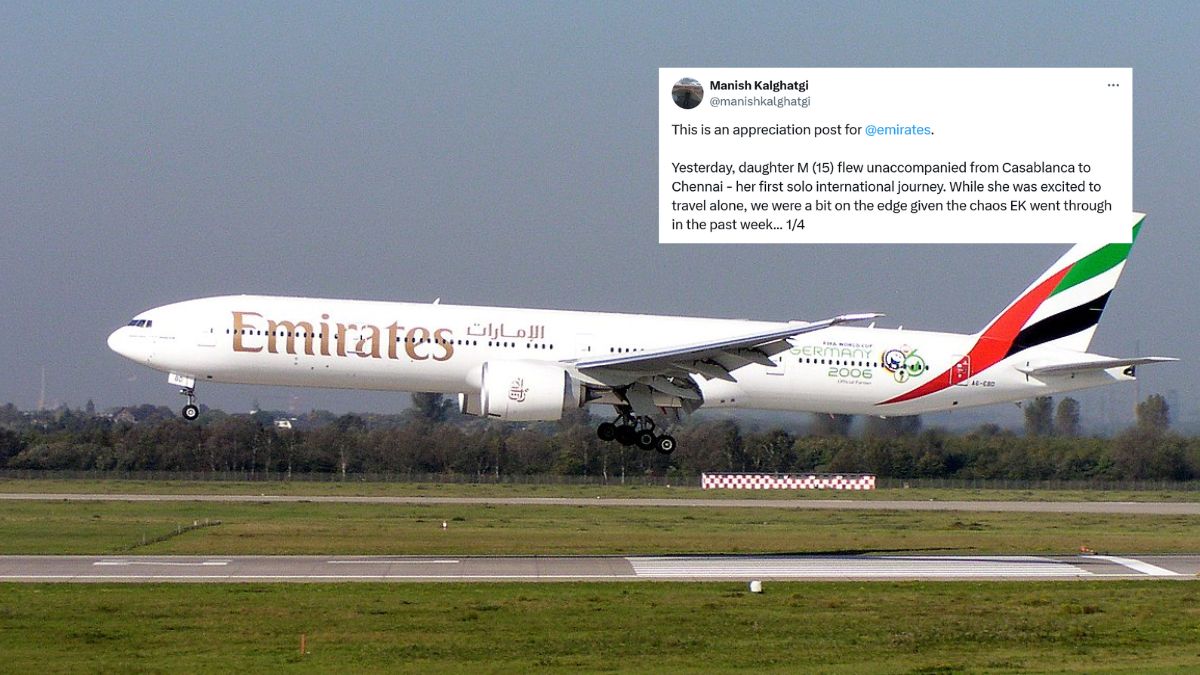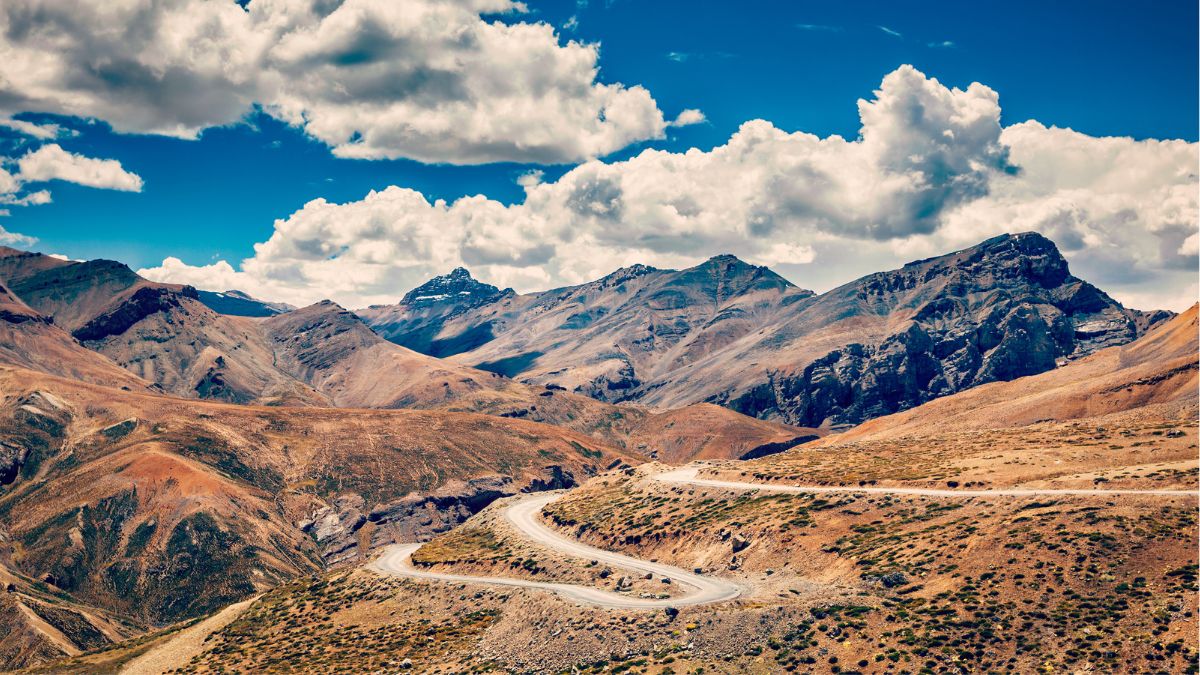Remember the time when we issued Lonely Planet guides, picked up world maps and did research online to make travel plans? Collected post-cards instead of creating digital albums on social media platform. And now, all we do is, follow a few pages on Instagram, and the most promising picture of a location, makes it to the list. Fortunately, or unfortunately, this is how we are making our travel plans now. Not to explore but to get good pictures!
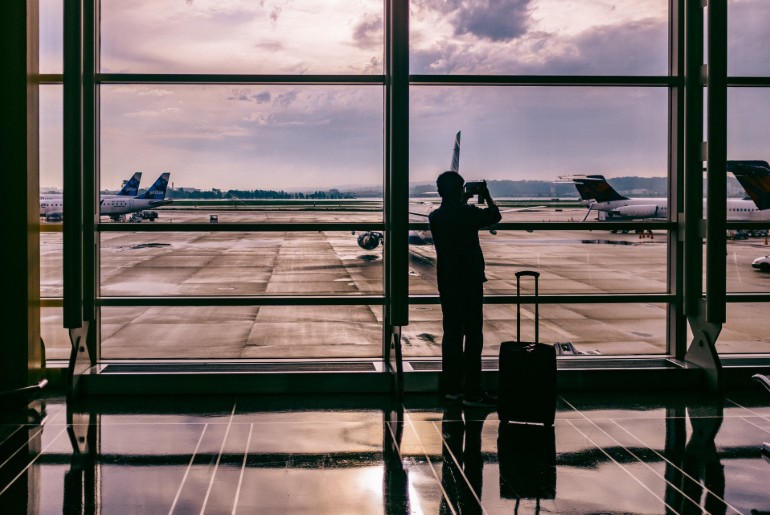
Millennials are extremely fond of travelling. In fact, Forbes suggests that more and more millennials are opting for freelance gigs because it gives them the bandwidth to work as per their own schedule and in any remote location in the world. But unfortunately, the Gen Z is also driven to these destinations not by research but by deceptive posts. According to a study done by Allianz Global Assistance, ‘36% of millennial travellers post misleading pictures of their vacation to make things appear to be better than they really are.’ This leads to one spot attracting more and more people which leads to over-tourism.
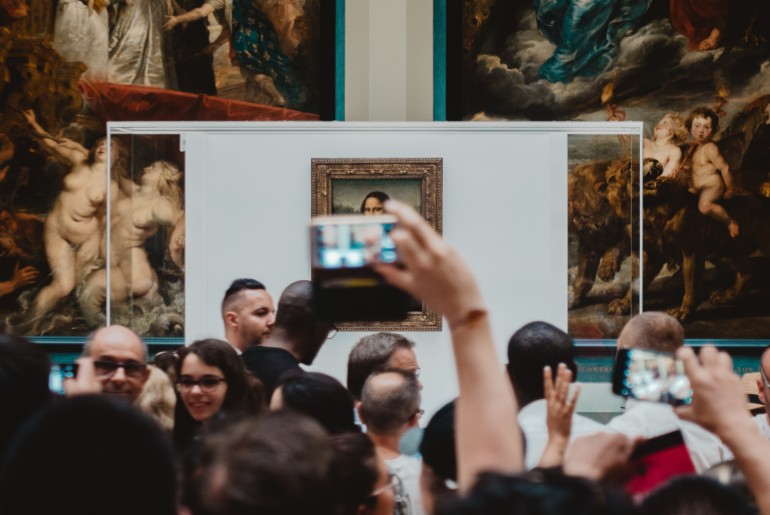
The Louvre in Paris is home to some of the best known work of arts in the world. But when I reached the reception of the museum and got myself a map, the guide marked the spot where i could find the Mona-Lisa painting. I walked the empty halls only to enter one that crowded by people. It was a glass chamber that had the painting and people surrounded it to get the ideal click. Surprisingly, there are few places that talk about the overcrowded halls of the Louvre. Hence, a lot of people, like me are in for a surprise when they reach.
Also read: 10 Rules All Social Media Users Must Follow In The UAE
Been There, Done That
The millennial generation that is on the move has a ‘checklist mentality.’ The Instagram feed acts like a personal album of bucket-list for travellers. The social feed of other travel pages is fuelling the FOMO (fear of missing out) syndrome among Gen Z. Which in turn leads to many of them flocking one spot, standing in long queues, to get that one click, replicating the photo that inspired them to travel in the first place.

It’s not like we were not clicking pictures before. The only difference is that, out of the albums and the selected few that would make it to the wall, are now making it to the digital photo walls on public platforms.
The Future Of Travel
In a research done by Expedia Group Media Solution in 2018, it was decoded that Gen Z is shaping the future of travel. ‘The report finds that both Gen Z and millennial travellers take the same number of trips in a year, but their travel behaviour is rooted in different motivations and influences, changing the rules of the game among service providers and marketers.’
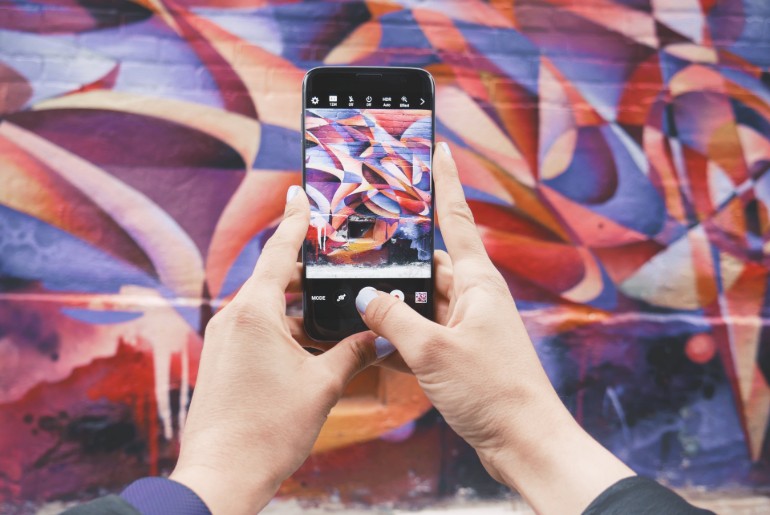
There are various statistics that prove that social media will be influencing your next travel. Photographer Corey Arnold, who shot the October 2016 cover story for National Geographic, also emphasised ‘the power of social media to drive travel intent.’ “I see this desire to escape to these landscapes, to do something real, because more than ever everyone is buried in their phones. But where do they get the inspiration to travel? Instagram.”, as mentioned on Stackla.
Also read: Did You Know Jaipur Is One Of The Most Beautiful Instagrammable Spots In India?
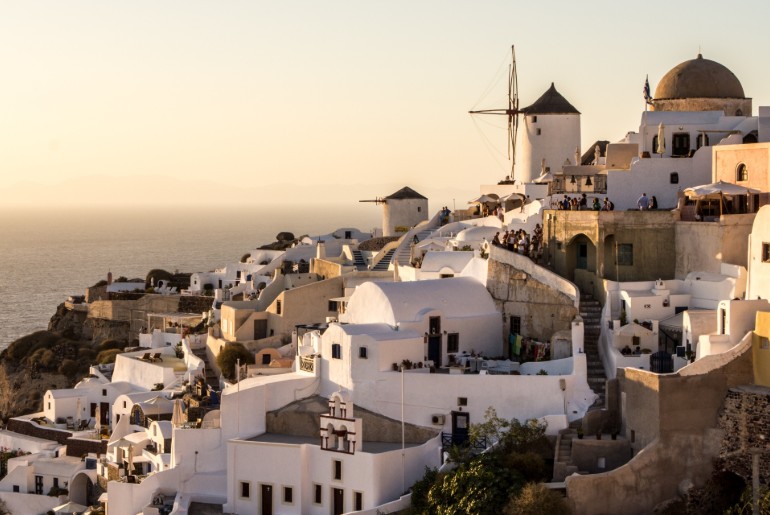
It also revealed that 92% of Gen Z become interested in a location after watching the user-generated content. But here’s the thing, most of the people end up posting positive photos about their travels rather than disturbing ones. That, sometimes, is like sharing incorrect information about a place. So there is a surprise in store, when you get there. Perfect example: sunset at Santorini. While you might see beautiful images, what you can’t see are the overbooked restaurants and half-an-inch space to stand by the coastline.
Part Of The Problem
The realisation does exist, amid many fellow travellers. ‘I am a part of the problem too,’ expressed a popular travel blogger: Expert Vagabond, who spoke about how some the remote locations and activities that he had written about, soon became popular; and either discontinued or became exorbitantly expensive. In turn, ruining the real experience that made it so special in the first place.
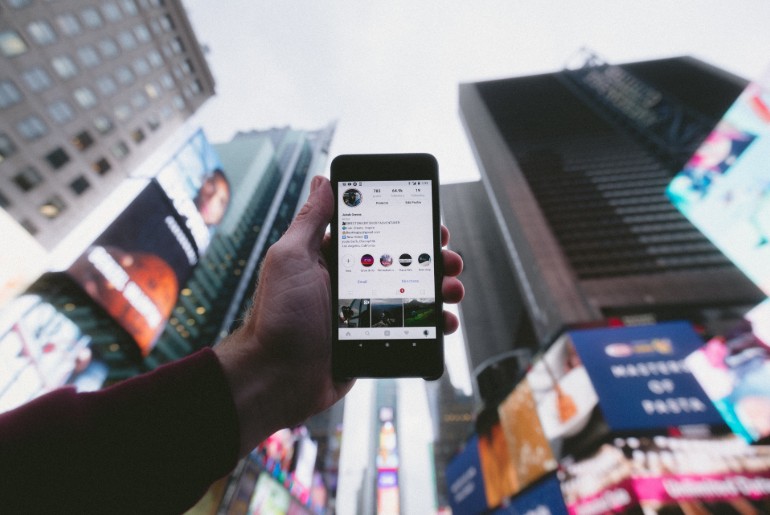
Also read: Exploring Places or ‘Checking-In’ On Social Media: How Are You Travelling?
There Is Hope Though
Travel e-commerce company booking.com presented a research that suggested that top source of inspiration for Gen Z travellers was Instagram. But they also revels some interesting facts as well, that it might not be the only motivator though.
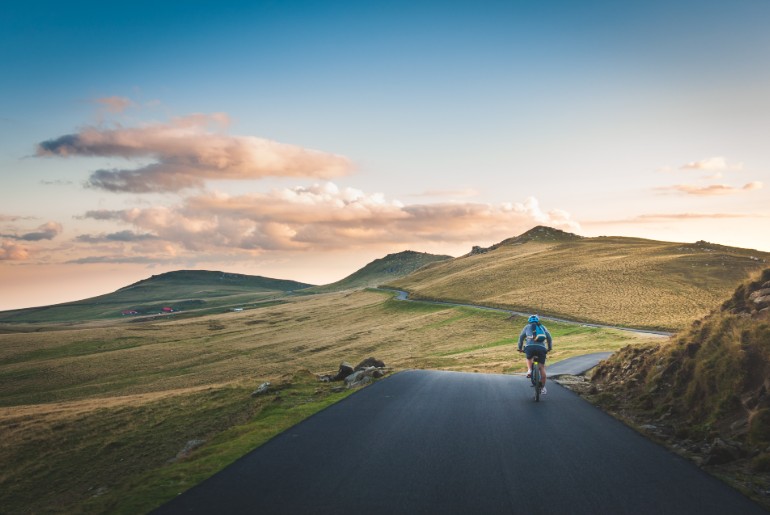
‘Gen Z is aware of the importance of holiday experiences with more than 7 in 10 (73%) saying they prefer to focus on what is in front of them and enjoy the moment, rather than spending time taking photos for social media, suggesting pictures for the feed are a bonus to their trip. Despite being an experience-focused generation, they’d prefer to live life offline, with 56% saying they believe that too much time is spent on social media while travelling,’ was reported by the Live Mint.
Which means no matter how much the millennial prefers ‘liking’ the content on social media sites, there is a possibility that it might not affect the travel trends, any more. But given the dynamic nature of technology, it’s a matter of time, when another new app comes and it gives you the opportunity to explore the same spot, differently. Making it a vicious circle!


